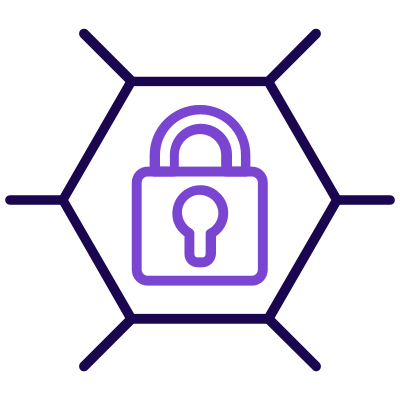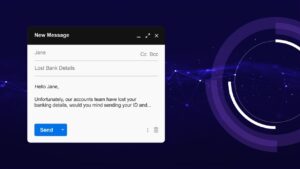Cybercriminals love endpoints. If we think about what an endpoint is – any device connected to your network, such as a desktop, laptop, printer, or smartphone where people are interacting with the most valuable assets of your company. Intellectual property, bank account information, you name it – this is where data is interacted with and why it is the biggest exploitation risk.
Although securing devices is cybersecurity 101, as organizations and networks grow, it becomes increasingly difficult to keep tabs on what is secure and how effective defenses against attacks really are.
Endpoint hardening is essential to protect your organization, and for most, it is also crucial for meeting industry-specific security standards.
What is endpoint hardening?
True endpoint hardening is basically turning off and or blocking as much as possible on a device without affecting required functions. It aims to narrow the attack surface of the endpoint and limit the impact of a potential compromise.
Endpoint attack surfaces are narrowed by disabling any unused features and options. With a smaller attack surface, an attacker is less likely to find potential security vulnerabilities. It boils down to disabling unused and unwanted Windows services, uninstalling unused applications, and removing example scripts, programs, databases, and other files from your system. These activities are typically performed in conjunction with endpoint deployment and should be performed regularly after deployment.
Limiting the impact of a security breach of the endpoint, for example, when a system service or application gets compromised, is accomplished by restricting the permissions and privileges given to the exposed service or application. The more restricted the user account the service or application runs under, the less reach it has into the operating system.
Failure to patch is a major vulnerability, regardless of your organization’s size. If you want endpoint hardening, you need to patch – and you need to patch in a timely fashion. For patching strategies to be successful, time is of the essence. Our patch management service can identify what is and isn’t compliant and take corrective action in real-time across all endpoints.
If companies prioritize concerns about system downtime, they should note that the cost of a data breach will easily exceed that of any lost work time.
Endpoint hardening solutions
Continuous Remote Security Management – CRSM
Our Continuous Remote Security Management Service applies hardened security updates to remote/on-premise Windows systems to keep them secure and compliant.
The service also provides visibility into these security updates and violations and takes automated actions to remediate endpoint security events.
Staff can remain operationally effective because updates and maintenance are limited during office hours, and changes are managed during suitable maintenance windows in a controlled manner.
What CRSM offers
Privileged local account management randomizes usernames and passwords, which mitigates 74% of all endpoint cybersecurity breaches.
- Rapid response to new security threats through hardening and reliable security update management.
- Tracking and remediation of incident violations in real-time.
- Detection and alerts on blacklisted software and malicious listeners.
Endpoint Detection and Response – EDR
Budget constraints and limited resources mean that deploying and ensuring ongoing support for endpoint security often lands bottom of the priority list.
The problem is that endpoint security vulnerabilities can be exploited months, even years after released fixes. WannaCry, an April 2017 RansomWare, infamously affected systems two months after Microsoft released the update.
A common thread with ransomware-affected businesses is the perception that they think they “have that” in place or “they’re getting what they need”. They rely heavily on “all-in-one” security bundles from outsourced or internal teams, lacking the skills and dedication to continuous security practices.
Our Endpoint Detection and Response (EDR) solution suits businesses with such challenges.
What EDR offers
- Instant visibility and protection across the organization and prevention of attacks on endpoints.
- Incident investigation and triage support, 24/7, 365 days a year.
- Management, monitoring and response to alerts and incidents.
- Remediation of incidents.
With an average mean-time-to-identify (MTTI) of 197 days, threats accessing networks are active for too long before detection, containment and remediation.
Our endpoint hardening service relieves you of the burden of implementation, monitoring, and remediation. It leaves you with the assurance that threats are detected, and the correct, fast-acting fixes are implemented so you can stay focused on your customers without disruption.







